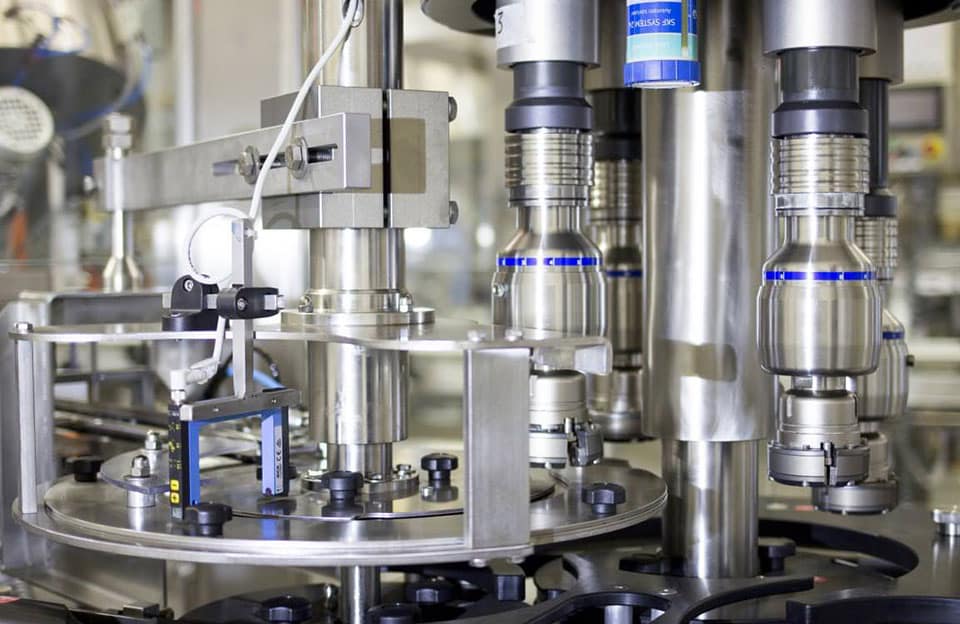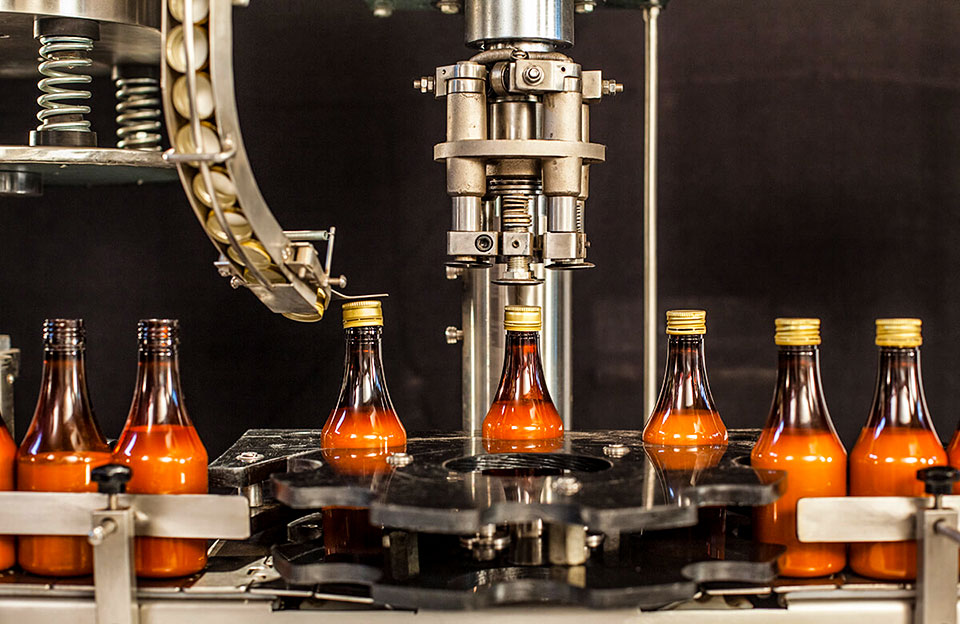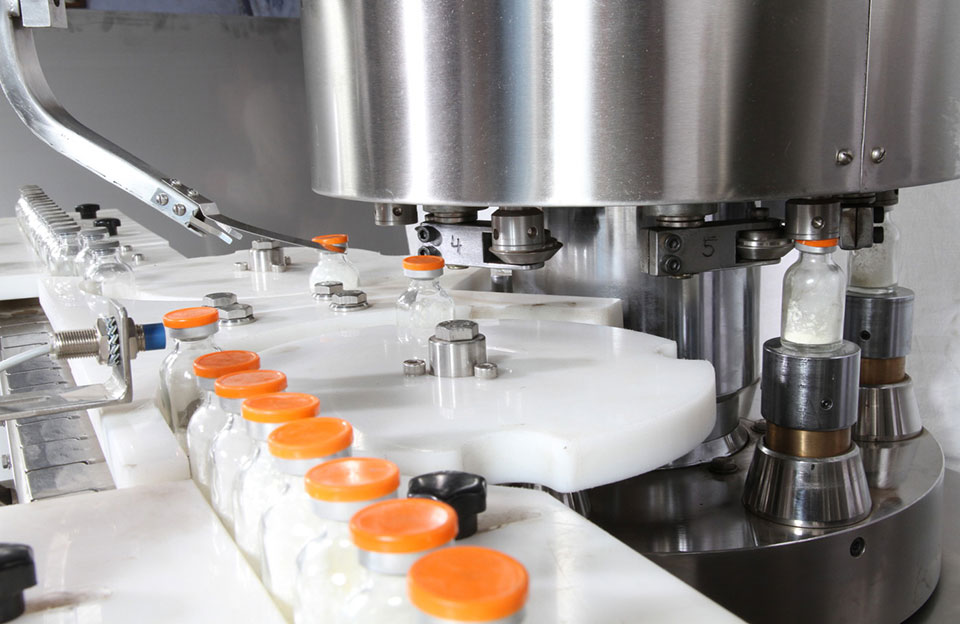Capping is one of the packaging machines to securely seal containers with caps or closures. In recent years, these machines have become indispensable for businesses aiming to optimize the packaging processes, increase productivity, and deliver reliable and secure packaging solutions to consumers.
Common Problems During the Use of Capping Machines
Cappers have many advantages, but there may be some problems during the use of capping machines. Here are some common problems during the use of capping machines:
- Cap Misalignment: Improper alignment of caps leads to cap placement and sealing difficulties. This can result from cap size variations, container irregularities, or issues with the cap feeding system. Cap misalignment may cause capping machine jams or result in improperly sealed containers.
- Capping Inconsistencies: Inconsistent torque or pressure during the capping process can lead to inconsistent sealing. This can result in caps being either too loose or too tight, compromising the integrity of the packaging. Inadequate torque control mechanisms, worn-out capping heads, or variations in container sizes can contribute to this issue.
- Cap Jamming: Cap jams can occur when caps get stuck in the capping machine’s components, preventing proper cap placement and sealing. Misaligned caps, debris in the cap feeding system, worn-out parts, or inadequate lubrication can cause this. Cap jams can interrupt production and require manual intervention to resolve.
- Leaks or Spillage: Insufficient sealing can result in leaks or spillage from the containers, compromising product quality and safety. Inadequate torque control, misaligned caps, worn-out sealing components, or improper adjustment of the capping machine can contribute to this problem.
- Machine Malfunctions: Like any machinery, capping machines can experience mechanical or electrical malfunctions. These can include motor failures, sensor malfunctions, control system errors, or issues with the automation components.
- Compatibility Issues: Capping machines must be compatible with the specific container and cap types used in production. Because of variations in container sizes, cap styles, and material characteristics, incompatibilities may arise problems during the use of capping machines.
- Operator Error: Human error, such as incorrect machine settings, improper adjustments, or insufficient training, can lead to problems during the use of capping machines.
Corresponding Solutions for the Problems
To address common problems during the use of capping machines, here are some potential solutions:
Cap Misalignment:
- Regularly inspect and maintain the cap feeding system to ensure proper alignment and functioning.
- Implement adjustable guides or chutes to help align caps as they enter the capping machine.
- Use cap sorting or orientation mechanisms to properly position caps before capping.
Capping Inconsistencies:
- Calibrate the capping machine’s torque or pressure control settings to ensure consistent sealing.
- Replace worn-out or damaged capping heads or components that may affect sealing.
- Optimize the capping machine’s settings for different cap sizes or container types to ensure proper sealing.
Cap Jamming:
- Regularly clean and maintain the cap feeding system to prevent debris or obstructions.
- Ensure proper lubrication of moving parts to reduce friction and prevent cap jams.
- Inspect and adjust the cap placement mechanism to ensure smooth cap delivery and avoid jams.
Leaks or Spillage:
- Verify that the capping machine provides adequate torque or pressure control for proper sealing.
- Inspect the sealing components regularly and replace worn-out parts that may compromise the sealing process.
- Consider implementing leak detection systems or quality control checks to identify and address sealing issues.
Machine Malfunctions:
- Conduct regular capping machine maintenance and inspections to identify and address potential malfunctions.
- Follow manufacturer guidelines for maintenance and promptly address any identified issues or errors.
- Train operators on troubleshooting procedures to handle minor malfunctions and escalate more significant problems to maintenance personnel.
Compatibility Issues:
- Ensure that the capping machine suits the specific container and cap types used in production.
- Work closely with the machine manufacturer to verify compatibility and make necessary adjustments or modifications.
- Test the capping machine with different container and cap types before full-scale production to identify compatibility issues.
Operator Error:
- Provide comprehensive training to operators on the capping machine’s operation, adjustment, and maintenance.
- Communicate proper machine settings, adjustment procedures, and troubleshooting guidelines to operators.
- Implement standard operating procedures (SOP) to ensure consistent and correct machine operation.
Conclusion
The machine may encounter some problems during use, and it is necessary to maintain and inspect the capping machine regularly, follow the manufacturer’s operation and adjustment guidelines, ensure that the components are properly aligned and adjusted, and solve problems on time. Additionally, maintaining a clean, debris-free environment around the capper and using high-quality caps and containers can help prevent potential problems.


